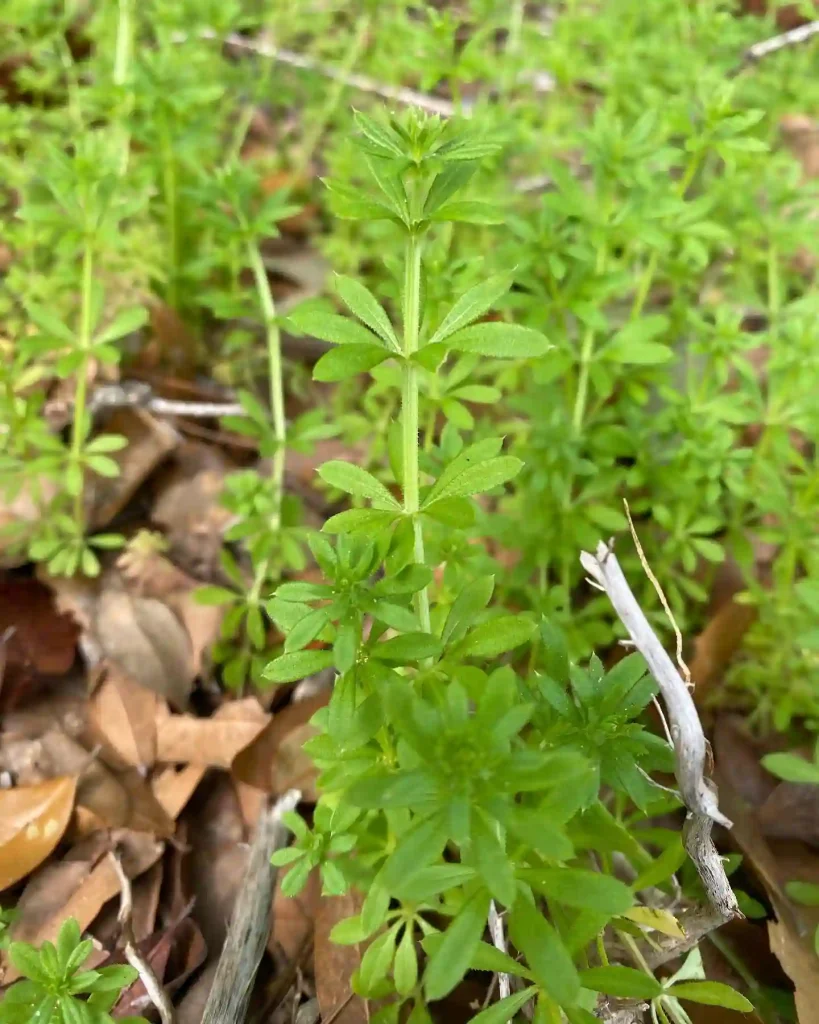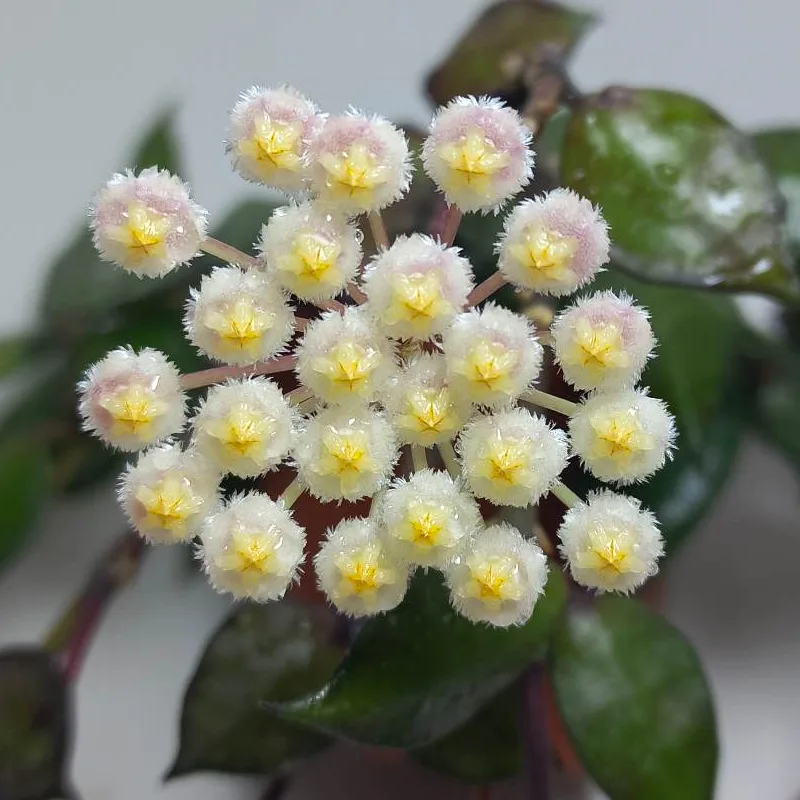Berry White Hydrangea vs Vanilla Strawberry
Berry White Hydrangea was a stunning addition to my garden, with its crisp white blooms that turned to deep pink as the season progressed, creating a beautiful contrast. Vanilla Strawberry, on the other hand, captivated me with its creamy white flowers that transitioned to a delightful strawberry-pink, offering a charming and unique color display.
How to prune Berry White Hydrangea?
Pruning my Berry White Hydrangea is something I approach with a bit of care and precision. I usually start by removing any dead or damaged stems, which helps keep the plant healthy and encourages new growth. Then, I focus on shaping the hydrangea by cutting back about one-third of the oldest stems at the base to stimulate more blooms. I also thin out the center of the plant to improve air circulation. It’s a bit of a balancing act, ensuring I don’t take off too much while still giving it the structure it needs.
100 Species in Genus Hydrangea
When to prune Berry White Hydrangea?
Timing is crucial when it comes to pruning my Berry White Hydrangea. I’ve learned that the best time to do this is in late winter or early spring, just before the new growth starts. This way, I can clearly see the framework of the plant without all the foliage in the way. Pruning at this time ensures that I’m not cutting off the flower buds that will bloom in the summer, which is something I accidentally did once when I pruned too late in the season.
How to plant Berry White Hydrangea?
Here’s a guide on how to plant your Berry White Hydrangea for a flourishing addition to your garden:
Planting Time:
The best time to plant Berry White Hydrangeas is either in late fall just after the plant goes dormant or in early spring before new growth begins. This allows the plant to establish its root system before the hot summer months.
Choosing a Location:
- Sunlight: Berry White Hydrangeas prefer full sun (at least 6-8 hours of direct sunlight daily) for optimal blooming. However, they can tolerate some partial shade, especially in hotter climates. Afternoon shade can be beneficial in areas with very hot summers.
- Soil: The plant thrives in well-draining, fertile soil with a slightly acidic to neutral pH range (around 5.5 to 7.0). If your soil is heavy clay, amend it with compost or other organic matter to improve drainage. If your soil has a high pH (too alkaline), you can consider adding amendments like aluminum sulfate or peat moss to lower the pH level.
Planting Steps:
- Dig a hole twice the width of the hydrangea’s root ball and just as deep.
- Loosen the soil around the edges of the hole to encourage root growth.
- If your soil is poor quality, mix some compost or organic matter into the excavated soil.
- Gently remove the hydrangea from its pot and loosen any tightly bound roots.
- Place the hydrangea in the hole, ensuring the top of the root ball sits level with the surrounding soil surface.
- Backfill the hole with the amended soil mixture, tamping it down gently to remove air pockets.
- Water the plant thoroughly to settle the soil around the roots.
Additional Care Tips:
- Watering: Water your Berry White Hydrangea regularly, especially during the first growing season and during dry periods. Aim to keep the soil consistently moist but not soggy. Allow the top inch of soil to dry out slightly between waterings.
- Mulching: Apply a 2-3 inch layer of mulch around the base of the plant to retain moisture, suppress weeds, regulate soil temperature, and protect the roots in winter.
- Fertilizing: You can fertilize your hydrangea in early spring with a balanced fertilizer according to package instructions. However, established hydrangeas generally don’t require heavy feeding.
- Pruning: Extensive pruning is not necessary for Berry White Hydrangeas. However, you can prune for shaping or removing dead, diseased, or crossing branches in late winter or early spring.
Additional Tips:
- The color of your Berry White Hydrangea blooms may vary slightly depending on the soil pH. More acidic soil can result in bluer blooms, while alkaline soil can produce pinker blooms.
- Berry White Hydrangeas are generally pest and disease resistant.
- Enjoy the beautiful large white panicles of blooms that your Berry White Hydrangeas will produce throughout the summer and into early fall.
How to grow Berry White Hydrangea in Zone 7b?
Growing my Berry White Hydrangea in Zone 7b has been relatively straightforward, but there are a few things I always keep in mind. This zone has mild winters, so my hydrangeas don’t need much protection from the cold. However, during the hot summers, I make sure they get enough water, especially during dry spells. I also feed them with a balanced, slow-release fertilizer in the spring to encourage strong growth and vibrant blooms. Keeping an eye out for pests and diseases is important too, but so far, they’ve been quite resilient.
Where to buy Berry White Hydrangea?
When I wanted to buy my Berry White Hydrangea, I found several options. I started by checking local garden centers and nurseries because I like to see the plants in person and ask the staff for advice. I also explored some online nurseries, which offer a wide variety of plants and deliver them right to my door. Websites like Proven Winners and Plant Addicts have great selections and provide detailed information on each plant, which was really helpful in making my decision.
If i die, water my plants!



